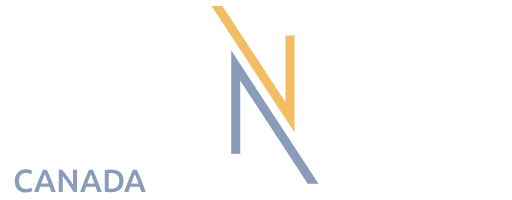Canada has a new plan to spend billions on boosting its critical minerals sector amid a “generational opportunity” to secure the supply chains that will power everything from electric vehicles to solar panels and wind turbines.
The federal government unveiled its roadmap Friday that focuses on driving exploration and building sustainable infrastructure in order to avoid the economic risks that come from relying on international partners that don’t share common values, alluding to the challenges facing European allies struggling with Russia’s weaponization of energy supplies.
Minister of Natural Resources Jonathan Wilkinson said the strategy – backed by nearly $4 billion in the 2022 federal budget – will help create jobs across the country and grow the economy.
Wilkinson called it a “roadmap to making Canada a clean energy and technology supplier of choice in a net-zero world.”
“Geopolitical dynamics and skyrocketing demand have strained value chains, which are essential to the global energy transition. Canada’s European allies have recently experienced the consequences of dependence upon non-like-minded countries for strategic commodities such as oil and gas, and there is a strong desire to avoid similar vulnerabilities in emerging markets such as critical minerals,” Wilkinson outlined in the strategy.
“Critical minerals present a generational opportunity for Canada in many areas: exploration, extraction, processing, downstream product manufacturing and recycling. This federal government is committed to seizing this opportunity in a way that benefits every region across the country.”
Among the measures included in its strategy are a new 30 per cent tax credit for critical minerals such as nickel, lithium, cobalt, graphite, copper, rare earth elements, vanadium and uranium.
The plan also includes financial incentives for critical mineral exploration and a focus on expediting projects.
Ottawa said it will ensure Indigenous communities are consulted “throughout the entire value chain of responsible critical mineral development in Canada.”
As part of its strategy, the federal government wants to help employers train workers and increase diversity in the labour force.
The new rules come amid a global rush to secure critical minerals, many of which are vital for electronics such as semiconductors, batteries and electric vehicle motors.
The rules also coincide with growing tensions with China, which has purchased or invested in Canadian mines and other natural resources.
China is the dominant player in critical minerals refining and processing, as well as the manufacturing supply chain of battery cell components.
But China does not produce a lot of the minerals, and has instead invested heavily in overseas mines in places like Canada to acquire the raw materials it needs.
Canada and its allies are desperately trying to upend China’s dominance in the field and create a supply chain that relies on what it calls more stable and reliable partners.
“As global demand for critical minerals skyrockets, Canada will be extremely well positioned to take advantage of this opportunity,” said Industry Minister Francois-Philippe Champagne.
Canada’s business leaders welcomed the new plan but said it lacked clarity.
“We … applaud (the) government for acknowledging the need for new mechanisms to expedite and facilitate strategic critical mineral projects from investment and funding opportunities, through regulatory approvals and development, to production,” said Goldy Hyder, president and CEO of the Business Council of Canada.
“What concerns us is the lack of clarity in terms of defining what those mechanisms will be or when they will be put in place and yield results,” he added in a statement.




